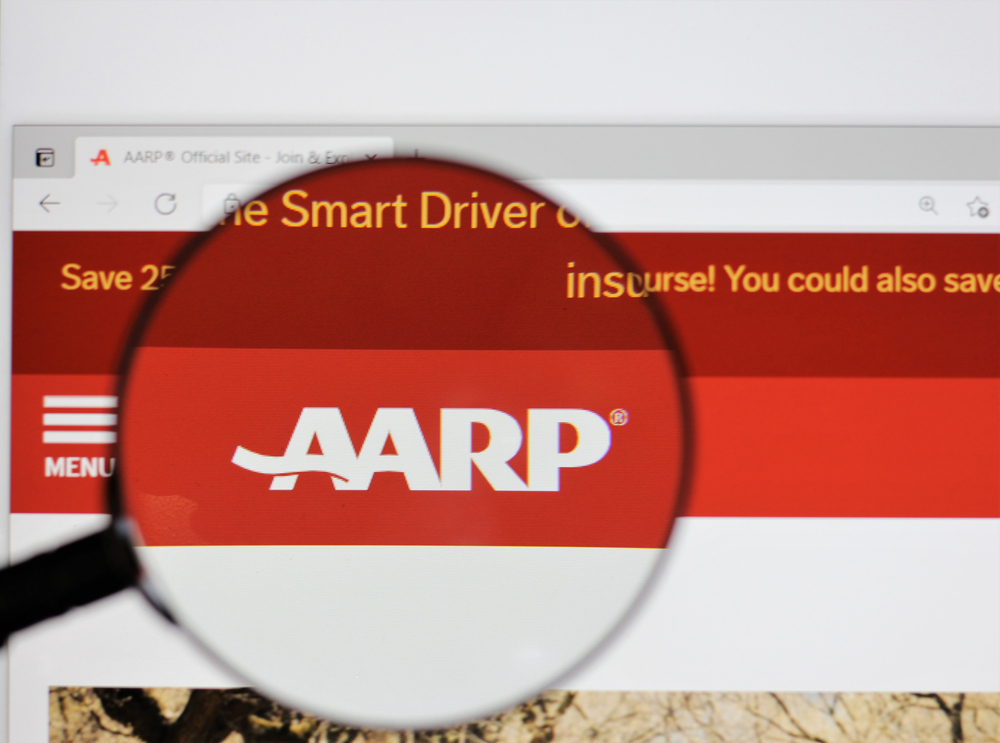AARP’s Livability Index: A Valuable Addition to the Senior Care Marketer’s Toolkit
One aspect of senior living marketing involves touting the perks available within the surrounding community. While identifying available benefits and including them in your marketing materials can be an effective strategy, it might be helpful to also include an objective, data-informed opinion from a third party to add credibility to your efforts.
That’s where AARP’s Livability Index comes in.
As AARP Vice President for Family, Home and Community Rodney Harrell told McKnight’s Senior Living, “The Livability Index is a powerful tool for senior living operators, as well as senior living residents and many others. [It] provides the clearest picture yet of how well a community meets needs across one’s lifespan, regardless of income, physical ability or ethnicity.”
Creating the Livability Index
AARP says creating the Livability Index included conducting a “thorough vetting process to determine which metrics and policies best capture the broad nature of livability” and giving “great thought and consideration to the data sources and methodology used in scoring.”
The organization notes that the latter was done “in partnership with experts from the AARP Public Policy Institute (PPI), our consultant team, and PPI’s technical advisory committee, which includes 30 experts in public policy, community planning, public health, aging, environmental studies, consumer affairs, and economics.”
As a result, the organization identified “key elements to measure and clearly define livability,” which are:
- Housing: Affordability and Access
- Neighborhood: Proximity and Security
- Transportation: Safety and Convenience
- Environment: Clean Air and Water
- Engagement: Civic and Social Involvement
- Health: Prevention, Access and Quality
- Opportunity: Inclusion and Possibilities
Scoring is based on over 50 unique data sources across these seven categories.
Metrics
According to AARP, “At the heart of the AARP Livability Index are 40 metrics and 21 policies.” The following provides a snapshot of what’s included in each metric and the next section describes policy considerations. For detailed descriptions regarding indicators, attributes, and rationales for each, please see AARP’s resource.
Housing
- Zero-step entrances
- Availability of multi-family housing
- Housing costs
- Housing cost burden
- Availability of subsidized housing
Neighborhood
- Access to grocery stores and farmers markets
- Access to parks
- Access to libraries
- Access to jobs by transit
- Access to jobs by auto
- Diversity of destinations
- Activity density
- Crime rate
- Vacancy rate
Transportation
- Frequency of local transit service
- ADA-accessible stations and vehicles
- Walk trips
- Congestion
- Household transportation costs
- Speed limits
- Crash rate
Environment
- Drinking water quality
- Regional air quality
- Near-roadway pollution
- Local industrial pollution
Health
- Smoking prevalence
- Obesity prevalence
- Access to exercise opportunities
- Healthcare professional shortage areas
- Preventable hospitalization rate
- Patient satisfaction
Engagement
- Broadband cost and speed
- Opportunity for civic involvement
- Voting rate
- Social involvement index
- Cultural, arts, and entertainment institutions
Opportunity
- Income inequality
- Jobs per worker
- High school graduation rate
- Age diversity
Policy Considerations
AARP also includes policy considerations for each of the seven categories, noting that “Policies measure how communities might become more livable over time based on actions taken now.”
Housing
- State and local inclusive design laws
- State and local housing trust funds
- State manufactured housing protections
- State foreclosure prevention and protection
- State accessory dwelling unit support
Neighborhood
- State and local transit-oriented development (TOD) programs
Transportation
- State and local Complete Streets policies
- State human services transportation coordination
- State volunteer driver policies
Environment
- State utility disconnection policies
- Local multi-hazard mitigation plans
- State energy efficiency scorecard
Health
- State and local smoke-free laws
Engagement
- State barriers to community broadband
- Early, absentee, or mail-in state voting laws
- Local human rights commissions
- Municipal LGBTQ+ anti-discrimination laws
Opportunity
- Local government creditworthiness
- State and local minimum wage increase
- State expansion of the Family and Medical Leave Act
General
- State and local plans to create age-friendly communities
Additional Features
In addition to the overall score for a community, AARP provides some additional features that may be helpful:
- Category scores for the area that include the metrics and policies that inform them.
- An interactive map that provides category scores, metrics, and demographics for specific neighborhoods.
Along with the ability to capture big-picture perks and the specific benefits of a community to support marketing efforts, the tool can also help senior care operators better understand community needs, as AARP’s Harrell explained in the McKnight’s Senior Living post.
“Because we designed the index to address needs of all ages and incomes, it can give hints about what residents, caregivers, staff and others may face in the community,” Harrell said.
Contact us today to find out how we can help level up your healthcare marketing strategy.







 Ad Choices
Ad Choices